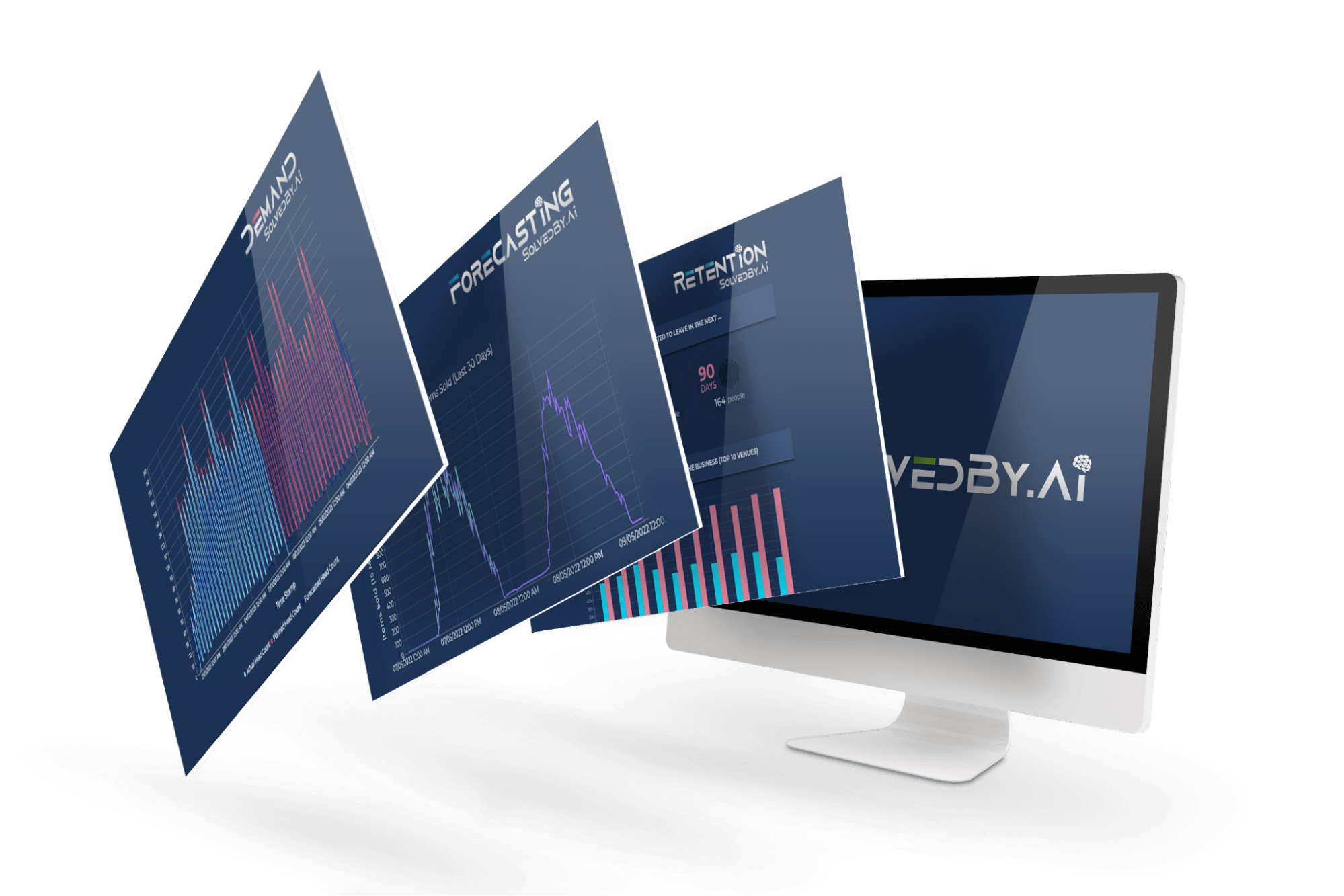In this blog, we talk about what is data engineering, how it can help organisations, what the benefits are, main use cases and much more. Data engineering refers to the building of systems to enable the collection and usage of data. This data usually allows subsequent analysis and data science, which often involves machine learning.
What can data engineering help you with?
Data engineers build systems that extract, transform, and process data into usable information for data scientists and business analysts to work on. They aim to make data accessible so that value can be extracted from an organisation’s data, for example collecting all of the data in a suitable format to allow a time series forecast to be run using machine learning.
Data engineering allows the data scientists to concentrate on the model which generates the best forecast rather than spending time collecting and processing the data. Data engineers aim to automate the whole process they are working on.

What are the benefits of Data Engineering?
In a world where the volumes of data are growing exponentially, modern organisations need to extract value from data, understand what is happening in their business and make better decisions. They also need to use AI, Machine Learning and Robotics Process Automation to improve efficiency and provide better customer service. Without taking these steps, it is becoming harder to compete, and organisations will become obsolete.
Data Engineering helps your data scientists store the collected data in an accessible format. This data can be structured or unstructured. Without data, engineering organisations cannot manage their data to allow them to use AI automation to compete.
Where can data engineering be used in my organisation?
To fully help you understand what is data engineering we need to explore where you can use it within your organisation. Data engineering typically involves extracting, transforming, and loading data into a data warehouse or data lake. That is where you are likely to find it in use. Data engineering is likely to be used to extract data from a software system, calculate or process the data, and then deposit it in the data warehouse or data lake.
You may also find them working with the AI or machine learning team, helping them get their data in a format that allows their models to train at scale.

What are the main use cases for data engineering?
Data engineering is used wherever large amounts of data need to be extracted and transformed and then loaded into a different system. Some common use cases include
- Collecting data from ERP, HRIS and other systems and populating a data warehouse
- Building pipelines for machine learning.
- Parsing and transforming unstructured data into clean data.
What tools are used in data engineering?
Data engineers use several different types of tools. Much of the data engineering is done in the public cloud networks provided by Google, AWS and Microsoft. These cloud providers offer a vast array of tools and libraries of models. Here are some of the key types of tools available:
- Data processing and pipeline building: Data processing is a wide term encompassing a wide range of data operations, including data integration, ETL, ELT, reverse ETL, and building data pipelines for other purposes.
- Data Building Tool (DBT): a software tool that assists data transformation and pre-calculations. These tools transform data in the warehouse through SQL code into datasets ready for modelling.
- Data storage: these include databases, data warehouses, and data lakes
- Data analytics and BI: These provide data visualisations and help users analyse data and track KPIs.
- Machine learning tools: Often provided by a cloud provider such as AWS or Azure, these tools allow the training of data to generate models.
- Programming language: Used for general tasks, with the most popular choices being Python and SWL.
What is Extract Transform Load (ETL)?
It is important to focus on these tools when we are discussing what is data engineering because they automate the extraction, transforming, and loading processes. They extract data from multiple sources and often profile, cleanse, and perform calculations and other transformations before loading the data.
An Extract Transform Load tool will generally be capable of the following processes:
- Filtering
- Mapping
- Deduplication
- Derived Metrics or pre calculations
- Sorting or Ordering
- Combining data from multiple sources
- Splitting data
What is the difference between Data Engineering and Robotic Process Automation?
These two fields are very closely related and often achieve similar results. The key difference is that data engineering is a narrow field that supports data infrastructure, whereas RPA can be any process that automates data workflow.
What is the difference between Data Engineering and ML Operations?
ML Operations or machine learning operations is concerned with the development and deployment cycle of an AI or Machine Learning model. Data Engineering more often deals with data infrastructure such as pipelines and data warehouses.
What is the difference between a data warehouse and a data lake?
A data warehouse contains structured data that has been cleaned and processed, whereas a data lake contains data in unstructured form.










